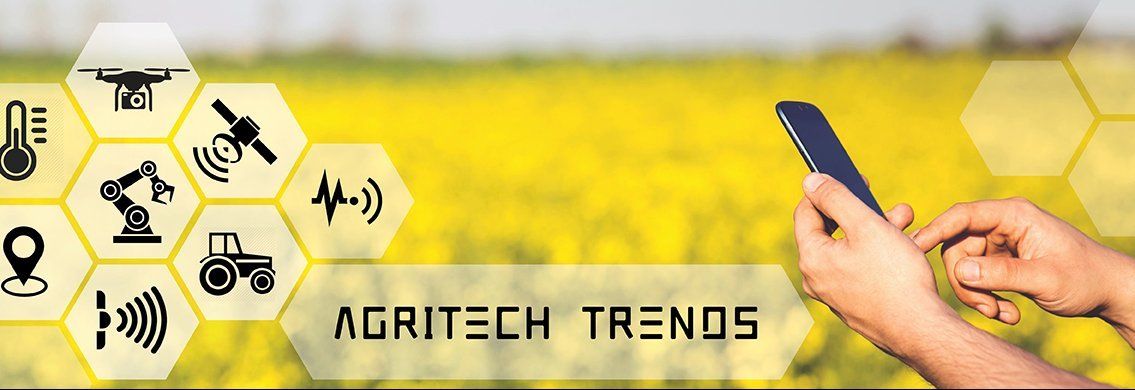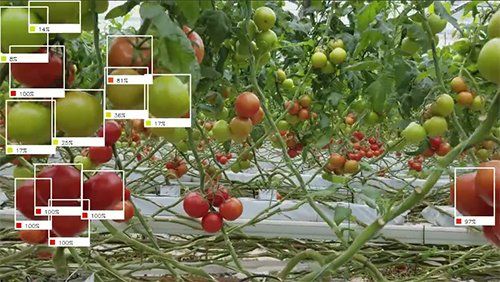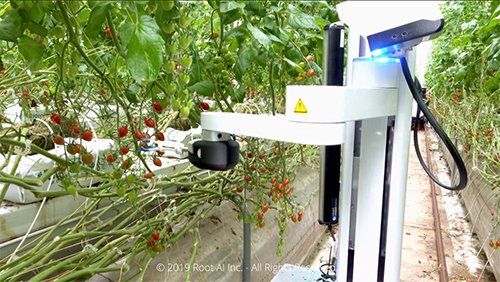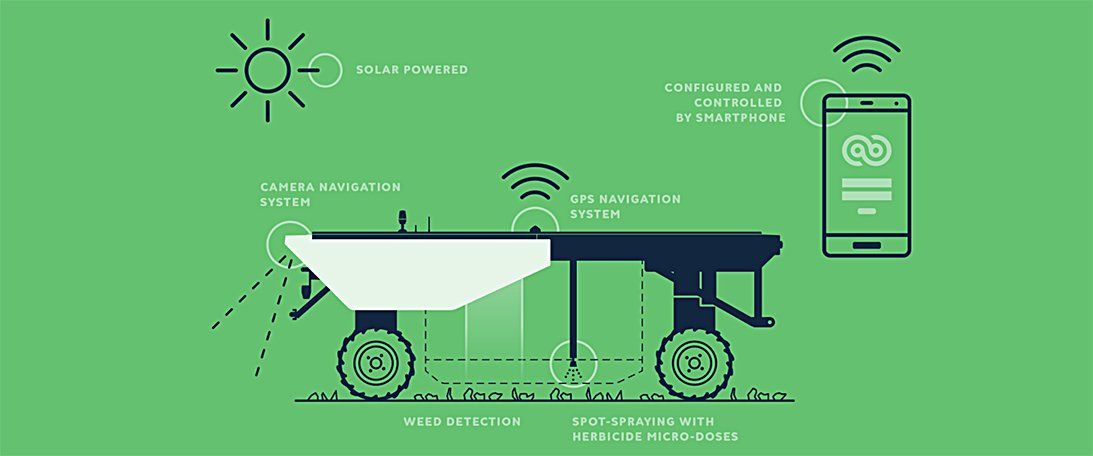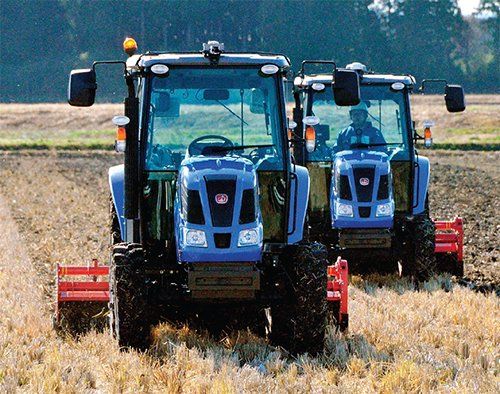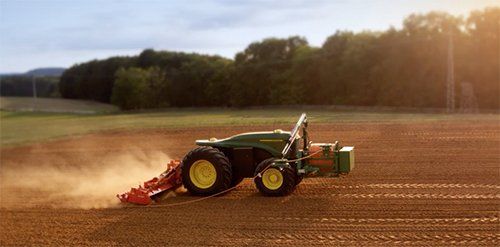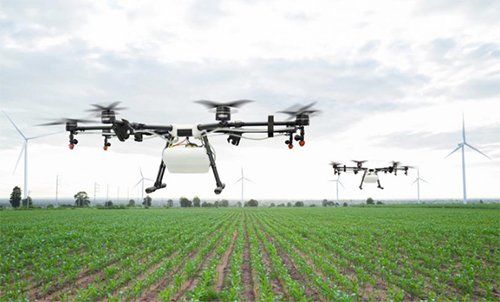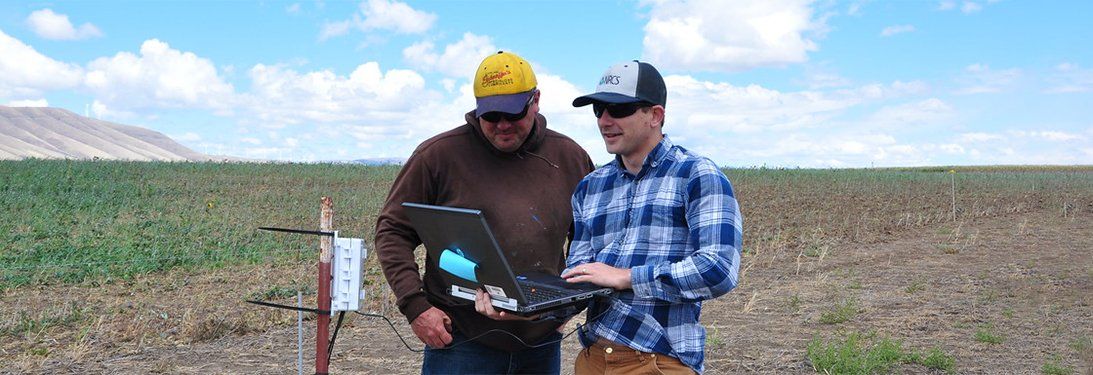Beta Solutions Blog
Agritech Trends
Date: May 20, 2020
According to a United Nations Report the world's population is expected to reach 9.7 billion people in 20501 - and to feed that population, crop production would need to double2 . With a growing global population and the effects of climate change, farmers are turning to technology for increased productivity, increased yield, improved harvest quality, and sustainability. Enter: Agriculture 4.0 - artificial intelligence, highly automated technology and agricultural robotics. With the goals of optimised processes and sustainability, digitisation is no longer a foreign concept for framers.
The New Zealand government has included Agritech (also known as AgTech) as a sector in its Industry Transformation Plan (ITP), and defines Agricultural Technology - Agritech, as follows:
The ‘agritech’ sector refers to manufacturing, biotech and digital-based technology companies that are creating product, service, IP and value chain solutions for the agriculture, horticulture, aquaculture, apiculture and fishing sectors, with the aim of improving yield, efficiency, profitability, sustainability, reliability, quality or adding any other kind of value. (Forestry is excluded because forestry and wood processing is the focus of another dedicated ITP)’.
3
Figure 1 - Agritech's Broad Applicability.3
As you can see from the definition and Figure 1 above, Agritech spans over many industries. There is an increasing amount of technology (hardware and software) available to farmers to optimise output. Agritech hardware includes robotics, sensors, cameras, and drones whilst software enables the collection and interpretation of data in order to make real-time changes.
For the purpose of this blog, we are going to look at a few technology trends deemed to change farming in the future.
Agricultural Robotics
The Global Agriculture Robots Market is projected to reach USD 11.58 Billion by 20264, driven by labour shortages in developed countries, the global growing population, need for increased yield, and demand for better quality products. The fusion of rapid developing technology and the agriculture sector has resulted in innovative results with Agbots automating labour-intensive crop production processes and data collection for crop development and management. There are already many examples of highly automated robots with sensitive sensors and camera vision employed in harvesting, fruit picking, soil maintenance, etc. One such example is Root AI's Virgo tomato harvester that "see" ripe fruit, has a customised convolutional neural network to detect fruits of interest, move inside vines, and picks fruit without damage.5
Figure 2 and 3: Root AI's Virgo Harvesting Robot.
Another example is from an innovative New Zealand company, Robotics Plus, who have launched two commercial innovations Āporo apple packer and an automatic log scaler. Below is another one of their projects, a robotic Kiwifruit Harvester:
Video: Robotic Kiwifruit Harvester - Robotics Plus.6
Smart Sensors
With IoT-connected sensors placed near plants, farmers can capture and record environmental conditions, and then send the data back to the farm's data center, via a wireless connection, for analysis and action. In the quest for precision agriculture, a trend is for farmers to use more and more connected IoT sensors, like sensors on the ground to test soil moisture levels (to identify flooding, over-watering, or ground freezing) combined with IoT-enabled water and fertilizer delivery valves. Following are some examples of developments using smart sensors.
Solar powered with rechargeable batteries, ecoRobotix’s AVO autonomous weeding robot is using in scan-and-spray technology. Its multi-camera vision system detects weeds and sprays them once they pass under its spraying tool whilst LIDAR & ultra-sound sensors are used for obstacle and human detection. The fully autonomous navigation is based on vision and real-time kinematic (RTK) GPS positioning. Farmers can control and monitor the Avo robot through the ecoRobotix™ mobile app and define its missions via the desktop web app.7
Figure 4. ecoRobotix’s AVO autonomous weeding robot.7
Robotic scanning technology Smart-N, from Vantage NZ Ltd, is fertiliser application technology that use VIS/NIR (Visible/Near Infrared) sensors to identify urine patches on pastures. The system avoids wasting fertiliser over these patches and can also limit nitrification inhibitors to only these patches. By doing this the system both saves the farmer money and helps improve the environment.
This is not limited to crops, herds can also be monitored in real time. Using Internet-connected collars and tags farmers can have automated livestock tracking and use herd management software apps, like Breedmanager, that displays the herd based on breeding status.
Soil sampling, electromagnetic mapping and sensor technology assist farmers in determining the soil anatomy of different parts of a single field, and adjusting water or nutrients. SmartCore, from the start-up company Rogo Ag, is an autonomous robot that navigates fields and takes soil samples from specific locations. The machine is guided by obstacle-detection algorithms and GPS to take samples from the same spot each year, enabling farmers to track how their soil is evolving. Sampling and mapping tools collect soil data which farmers combine with a tractor’s, and even an aeroplane’s, internal software to determine where and how much water and fertiliser to apply to each patch of ground.
In the past, it has been a challenge to wirelessly connect each sensor to the internet - especially in very remote areas, where cellular coverage can be patchy. Advancements in Wireless mesh networking technology (eg: Bluetooth Mesh) provide a means for all sensors to “talk” to each other, as well as to the internet, and go a long way to solving issues with sub-standard wireless coverage. This mesh networking technology can also be integrated with (say) smart tractors and harvesters that can easily "carry" the network wherever they are working without requiring a pre-built networking infrastructure.
Semi/Autonomous Tractors and Vehicles
Driverless farm vehicles have been around for quite a while but needed a human in the cab in case of emergencies, such as when livestock wander into its path. Using GPS technology a farmer can programme the field’s coordinates into the tractor’s system and the machine can plough, or spread fertiliser autonomously. The obvious next stage of external sensors taking over the supervisory role is what many leading tractor manufacturers are developing (including John Deere, Case New Holland, AGCO, CLAAS, Same Deutz-Fahr and Kubota).
Figure 4. A robotic tractor cultivates a field alongside a tractor operated by a human, during a demonstration in Fukushima, Japan.8
John Deere recently revealed their new concept tractor: GridCON - a fully electric, permanently cable-powered vehicle with full autonomous capabilities, developed in a consortium with B.A.U.M Consult GmbH and the TU Kaiserslautern (technical university). This driverless electric tractor has the capacity to connect with smart grid infrastructures so farmers who are already generating their own on-site renewable energy can plug directly into their own supply.9 The GridCON is designed to remain plugged in to an external power source while in use. A drum attached to the tractor carries about 1000 m of cable (which can be adjusted based on field size if necessary) which is fed out and reeled in while guided by a robot arm to keep the operation friction free and at low load. An intelligent guidance system is also used to prevent the tractor from damaging the cable. A 100 kW electric motor powers the continuously variable transmission, and there is an additional outlet for other implements - powered by a 200 kW electric motor. The autonomous operating speed can reach 20km/h, and the tractor can also be guided manually using a remote control.10
Figure 5. John Deere GridCON Electrical Tractor.9
Small, autonomous self-propelled vehicles are seen to be the future of farming, however legislation (liability), cost and acceptance by farmers will determine the uptake rate.
Drones
With the drone, you can go from visual data to multispectral data (image data at specific frequencies), to thermal data, to hyperspectral data (from across the electromagnetic spectrum) all in one flight.
- Thomas Haun, Senior VP of Partnerships. PrecisionHawk (South Carolina-based commercial drone and data company).
Another trend is drones equipped with high-definition cameras, sensors (including Infrared (IR); Thermal; and NDVI (Normalized Difference Vegetation Index)), and image recognition capabilities that are used to monitor crops/pastures and increase efficiencies. They are also utilised for activities such as crop-spraying, real time management of livestock on distant paddocks, collecting crop and pasture quality information, whilst sending data via the cloud to a farmer’s device. In a recent study, drone operator PrecisionHawk found that farmers who used drone-based aerial intelligence instead of taking plot-based crop measurements by hand were able to collect data 2.5 times more efficiently and 25% more accurately, and the collection itself was more objective, repeatable, and standardised8.
Figure 6. Aerial Imagery and Seed Planting Drones11.
Conclusion
What is clear from the above, is that one piece of technology isn’t the answer - it is about finding innovative ways of joining several technologies to find the best solution for increased productivity, increased yield, improved harvest quality, and sustainability. A farmer may use an autonomous tractor for precision farming, robots for harvesting and data gathering over smaller areas, whilst drones spray crops or gather data over larger areas. Cameras and various sensors are used in combination - fusing data sources via IoT devices that informs artificial intelligence and app solutions used to grow, monitor, and harvest crops at a much higher yield. We look forward to farms in the future being highly digital operations with sophisticated connected data collection technologies (sensors, drones, autonomous tractors, robotic filed scanners, etc.) that feed into integrated farm management platforms for real time decision making, precision agriculture, increased profits, and enhanced environmental sustainability.
IoT Fuel Monitoring Devices; Smart LED lighting arrays for horticulture; electric fence monitoring systems; guidance systems for vehicles; and health & safety monitoring devices are just some of the Agritech products we, at Beta Solutions, have developed for our clients. And in a recent exciting development, three of our team members won the AgTech Hackathon 2020 with their Bugkilla entry. Combining technologies from pest control, artificial intelligence and IoT, the innovative device is designed to lure, identify, and kill the brown marmorated stink bug that is a huge threat to New Zealand's kiwifruit industry. You can read more about Bugkilla in this Farmers Weekly article and we look forward to sharing more on the development of this exciting product in the future.
Do you have an idea or problem that needs an AgriTech solution? Contact us, or better yet, call us today and come and discuss your ideas with us over a coffee.
References:
- United Nations. June, 2019. Retrieved from https://www.un.org/development/desa/en/news/population/world-population-prospects-2019.html
- The Future of Food. National Geographic Magazine. Retrieved from https://www.nationalgeographic.com/foodfeatures/feeding-9-billion/
- Growing innovative industries in New Zealand. Agritech in New Zealand Industry Transformation Plan. February, 2020. Retrieved from https://www.mbie.govt.nz/dmsdocument/5878-growing-innovative-industries-in-new-zealand-agritech-in-new-zealand-towards-an-industry-transformation-plan
- Agriculture Robots Market Size And Forecast. Retrieved from https://www.verifiedmarketresearch.com/product/global-agriculture-robots-market-size-and-forecast-to-2025/
- Root AI. Retrieved from https://root-ai.com
- Video. Robotics Plus Kiwifruit Harvester. Retrieved from http://youtube.com/watch?v=b4L-oMd0yVk
- ecoRobotix’s AVO autonomous weeding robot. Retrieved from
https://www.ecorobotix.com/en/avo-autonomous-robot-weeder/
- Technologizing Agriculture. February, 2019. Retrieved from https://cacm.acm.org/magazines/2019/2/234343-technologizing-agriculture/fulltext?mobile=false
- John Deere GridCON Electrical Tractor. Retrieved from
https://www.electrive.com/2018/12/12/video-john-deere-premiers-electric-tractor-in-action/
- John Deere GridCON Electrical Tractor. Retrieved from
https://www.ivtinternational.com/news/agriculture/john-deere-develops-fully-electric-autonomous-tractor.html
- Aerial Imagery and Seed Planting Drones. Retrieved from
https://builtin.com/robotics/farming-agricultural-robots
- 5 ways technology will change farming in 2019 and beyond. January, 2019. Retrieved from https://www.walleniuswilhelmsen.com/insights/5-ways-technology-will-change-farming-in-2019-and-beyond
- Five technologies changing agriculture. October, 2017. Retrieved from https://idealog.co.nz/tech/2016/10/five-technologies-changing-agriculture
- AgTech Trends in 2019: Synthetic Biology, Precision Agriculture, and Millennial Farmers. December, 2018. Retrieved from https://research.g2.com/insights/2019-trends/2019-agriculture-agtech-trends
- Banner Image by Photo by Kaboompics .com from Pexels
- Banner graphics by CleanPNG


